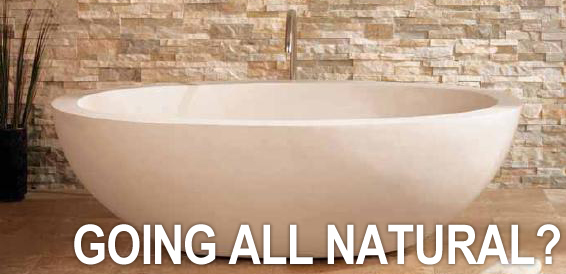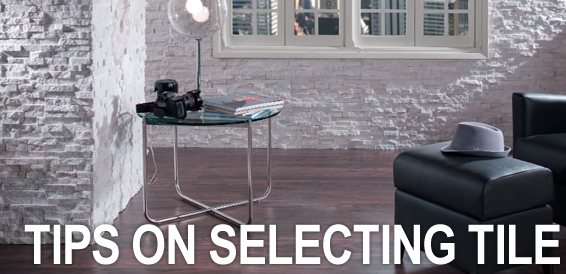Going All Natural: Pro’s and Con’s of Natural Stone
Natural stone tiles are distinct and unique.
You should always view several pieces of the tile that is to be installed before the installation begins. Since it has been created by nature, not only are no two pieces exactly alike, those two pieces may not even be very similar.
The most common natural stone tiles include:
Slate, flagstone (sandstone), marble, granite, travertine and limestone. Each stone has unique characteristics and maintenance requirements.
Generally, you should seal natural stone tile before grouting,
unless you are planning on using the grout color in the stone as a design element.
Most natural stones are not resistant against common household acids (like lemon juice) or oil stains.
Therefore, you should use a penetrating sealer for all natural stones after installation. Follow manufacturers instructions on frequency of re-application.
The advantages of natural stone
– Timeless, unique appearance
– Design capabilities of through-body color material
– Perceived value
– Durable countertops and floors (granite)
– May be re-polished if scratched
The disadvantages of natural stone
– Ongoing re-sealing program is required
– Limited chemical and stain resistance
– Higher installation costs than ceramic tile
– Product received seldom looks like the sample


